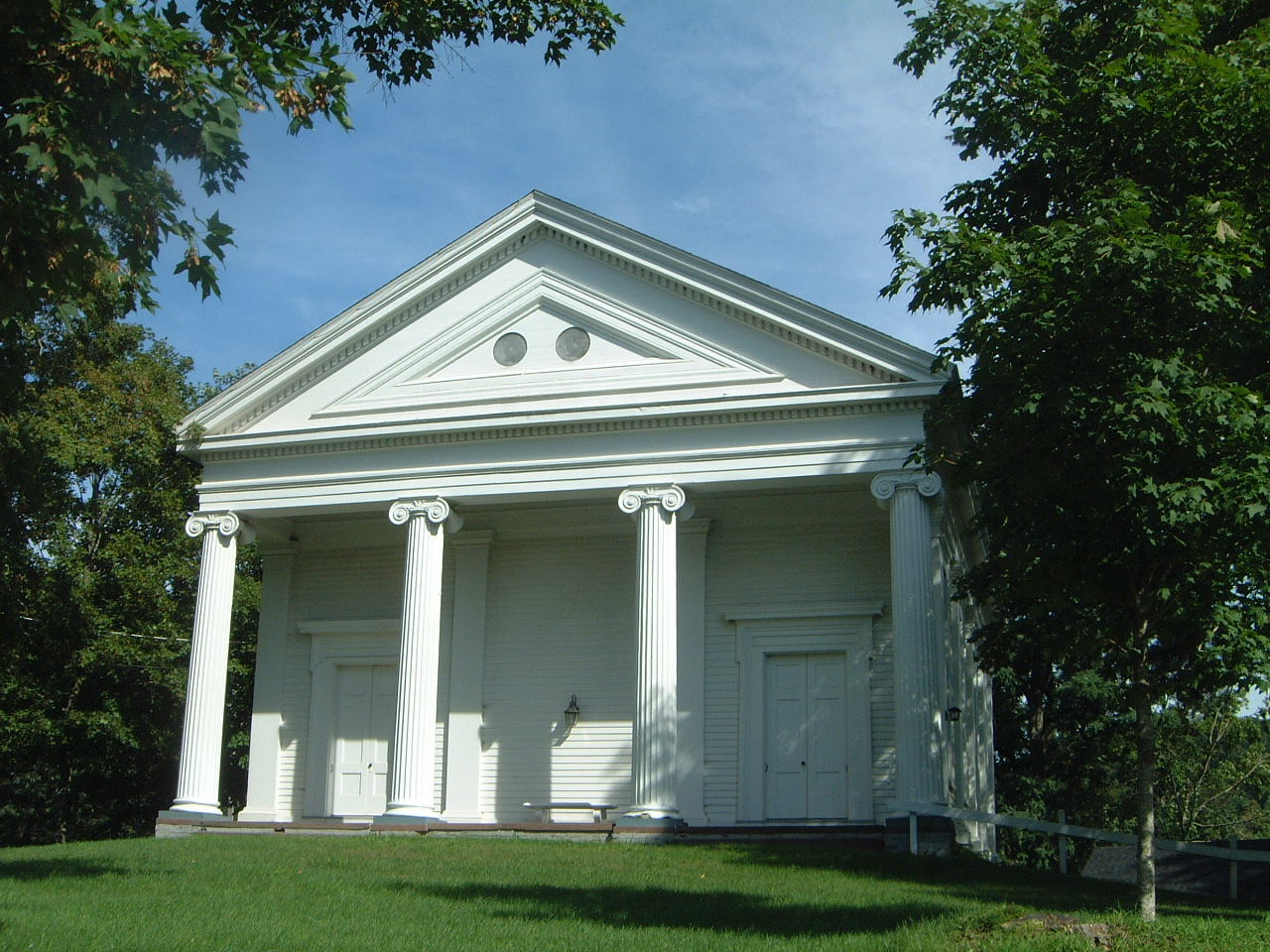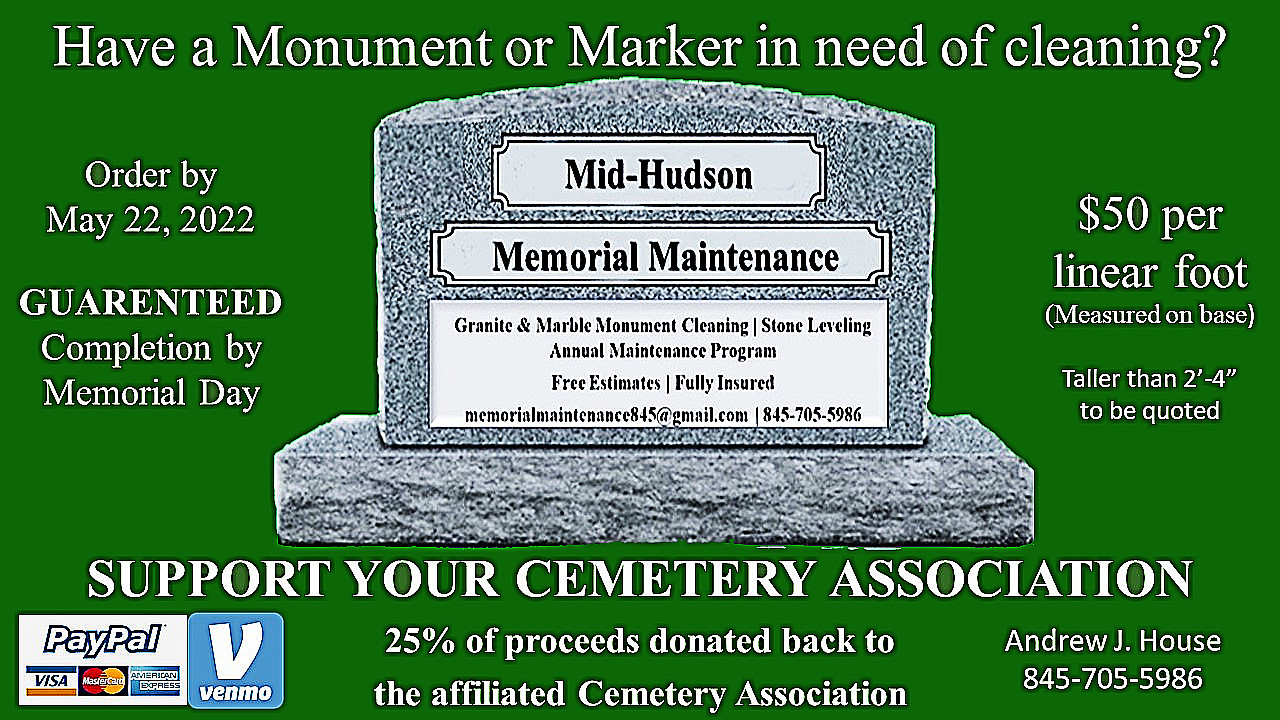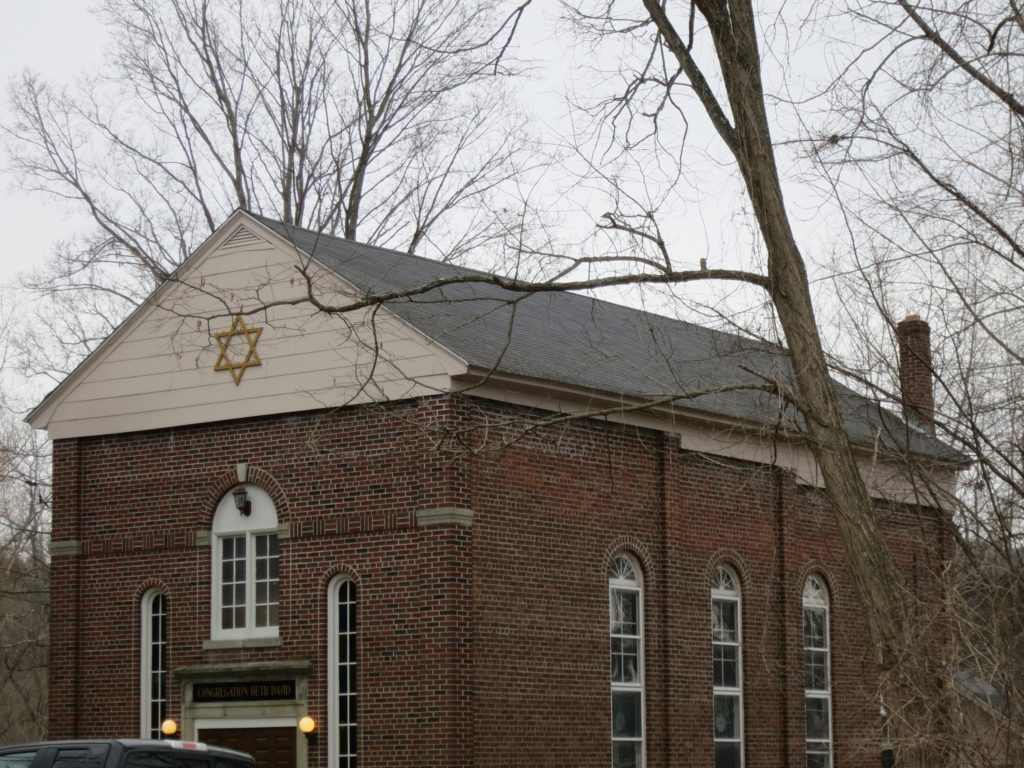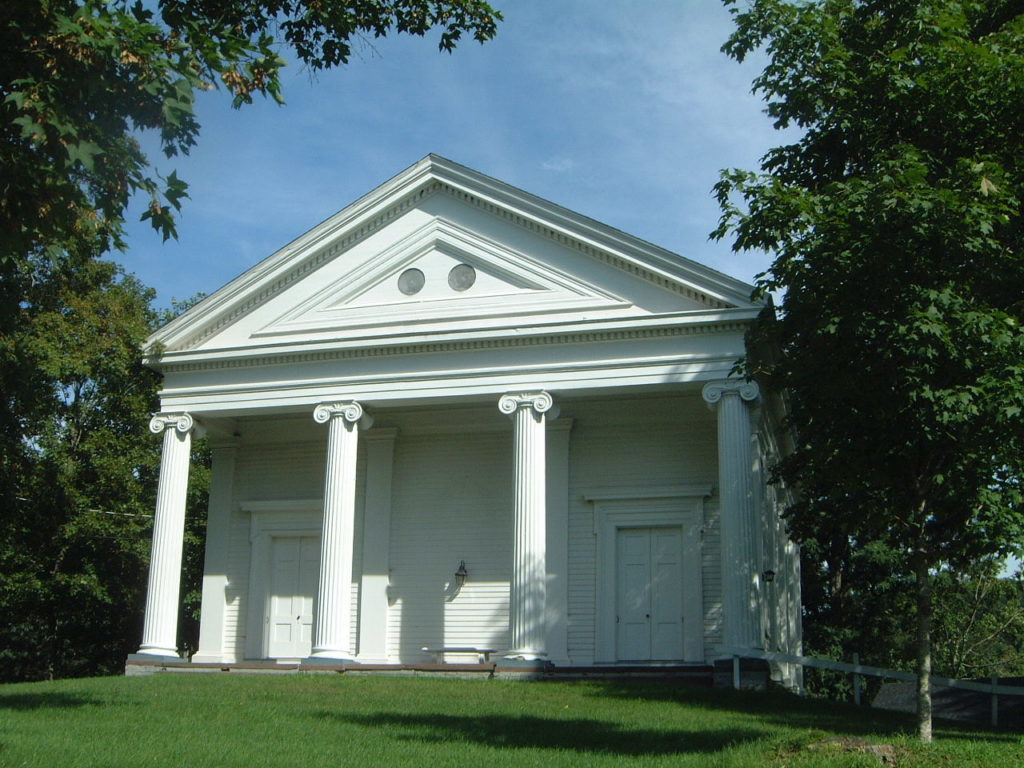THE NEW YORK LANDMARKS CONSERVANCY AWARDS 23 SACRED SITES GRANTS TO
HISTORIC RELIGIOUS PROPERTIES THROUGHOUT NEW YORK STATE
Congregation Beth David and Smithfield Presbyterian Church in Amenia, New York
Receive Sacred Sites Grants
The New York Landmarks Conservancy has announced 23 Sacred Sites Grants totaling over $240,000 awarded to historic religious properties throughout New York State including: a $9,000 grant to Congregation Beth David in Amenia for roofing, gutter and leader repair, and a $1,500 grant to Smithfield Presbyterian Church in Amenia for architectural fees for portico, façade and columns restoration.
“Religious institutions are often the most beautiful and complex buildings in their communities. We are pleased to be able to help preserve these important institutions for their architecture, history and community service,” said Peg Breen, President, The New York Landmarks Conservancy.
Congregation Beth David
Congregation Beth David in Amenia was awarded a $9,000 Conservancy Sacred Sites grant to help fund roofing, gutter and leader repair. Completed in 1929, it is a largely intact representative example of an early 20th century synagogue associated with a small, remote Jewish community in rural Dutchess County. The small brick building typifies vernacular synagogue architecture in rural upstate New York, featuring a symmetrical façade and simple stained glass windows.
Besides worship services, a senior citizens group meets in the Community Room, which can accommodate about 75 people. There is a regular children’s reading session sponsored by the Amenia Library, and movie nights for adults and children.
Smithfield Presbyterian Church
Smithfield Presbyterian Church in Amenia was awarded a $1,500 grant to help fund architectural fees for portico, façade and columns restoration. Founded in 1750, the timber-frame, temple-front Greek Revival-style church was erected in 1847-48, and is a magnificent and highly intact example of high-style Greek Revival church design. Designed by Nathaniel Lockwood, an architect who designed several homes in the area, this building is the third to be built on the site. The symmetrical façade has four massive ionic columns supporting the entry porch. The entrances are located in the outer bays of the façade, and consist of pairs of raised-panel wood doors set into heavy wood trim. The porch columns are echoed by engaged pilasters on the façade, with fully articulated bases and capitals. The four-bay side elevations also have engaged pilasters flanking a double hung, 16/16 window opening in each of the bays. The church rests on a stone foundation, and the gable roof has asphalt shingles. The interior of the church has two levels, with an auditorium beneath the sanctuary. The sanctuary contains the historic wood pews, heavily articulated plaster cornice, and late 19th-century pipe organ installed behind the altar.
In addition to worship, Smithfield Presbyterian Church hosts a number of activities including community suppers, bake sales, art exhibits and concerts. The Smithfield Valley Association and The Housatonic Camera Club hold their meetings at the church. The Oratorio Society of New York and Kent Tritle, organist of the New York Philharmonic, perform there annually. Combined, these activities reach 350 people a year.
The New York Landmarks Conservancy
The Conservancy’s Sacred Sites Program is the only statewide program in the country providing financial and technical assistance for the restoration of culturally significant religious properties. Since 1986, the program has disbursed grants of more than $8 million to more than 700 congregations regardless of denominations.
The New York Landmarks Conservancy has led the effort to preserve and protect New York City’s architectural legacy for more than 40 years. Since its founding, the Conservancy has loaned and granted more than $40 million, which has leveraged more than $1 billion in 1,550 restoration projects throughout New York, revitalizing communities, providing economic stimulus and supporting local jobs. The Conservancy has also offered countless hours of pro bono technical advice to building owners, both nonprofit organizations and individuals. The Conservancy’s work has saved more than a thousand buildings across the City and State, protecting New York’s distinctive architectural heritage for residents and visitors alike today, and for future generations. For more information, please visit www.nylandmarks.org.



